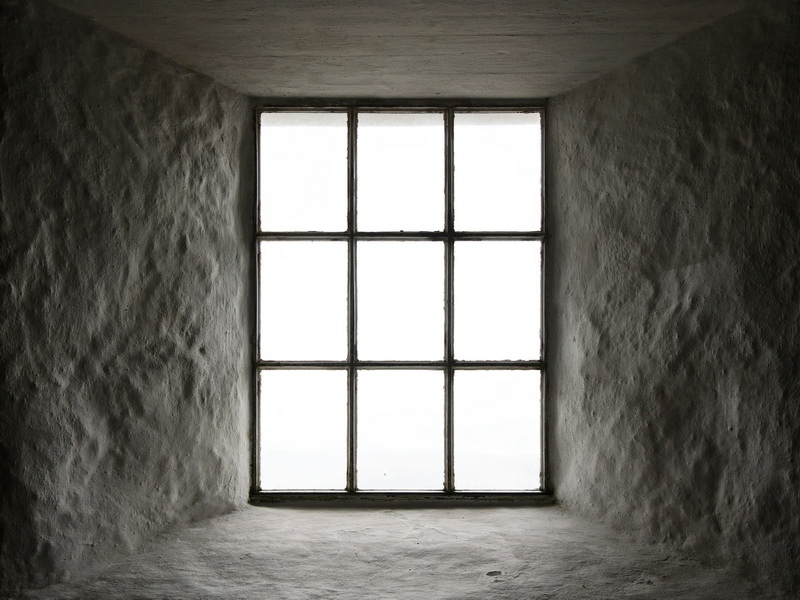English 




Views: 222 Author: Astin Publish Time: 2025-02-05 Origin: Site



Content Menu
● Understanding Aluminum Window Frames
● Steps to Fabricate an Aluminum Window Frame
>> 6. Assembly
>> 8. Glazing
● Benefits of Aluminum Window Frames
● FAQ
>> 1. What type of aluminum is best for window frames?
>> 2. How do I measure my window opening accurately?
>> 3. Can I paint my aluminum window frames?
>> 4. How do I maintain my aluminum window frames?
>> 5. Are aluminum windows energy efficient?
Aluminum window frames are widely recognized for their durability, lightweight nature, and sleek appearance. They are a popular choice in both residential and commercial construction due to their resistance to weathering, corrosion, and decay. This comprehensive guide will delve into the process of making aluminum window frames, covering everything from material selection to assembly and finishing touches. By the end of this article, you will have a thorough understanding of how aluminum window frames are fabricated and the benefits they offer.

Aluminum window frames are constructed from aluminum profiles that provide structural support for the window glass unit. These frames can be customized to fit various architectural designs and styles, making them versatile for different applications. The main advantages of aluminum frames include:
- Strength and Durability: Aluminum is a robust material that can withstand heavy impacts and extreme weather conditions.
- Lightweight: Compared to wood or steel, aluminum is lighter, making it easier to handle during installation.
- Low Maintenance: Aluminum frames require minimal upkeep; routine cleaning is often sufficient to maintain their appearance.
- Energy Efficiency: Many aluminum frames feature thermal breaks that improve insulation and energy efficiency.
The first step in making an aluminum window frame is selecting the appropriate materials. The most commonly used aluminum alloy for window frames is 6063-T5 due to its excellent extrudability and good corrosion resistance.
- Aluminum Alloys: Different alloys may be used depending on specific requirements, including strength, weight, and thermal performance.
- Glass Selection: Choose the type of glass that will be installed in the frame, such as tempered glass or low-E glass for enhanced energy efficiency.
Before fabrication begins, a detailed design must be created based on measurements of the opening where the window will be installed.
- Measurements: Accurate measurements are crucial for ensuring a proper fit. Measure the width and height of the opening, accounting for any necessary allowances for installation.
- Design Software: Utilize CAD software to create a digital representation of the window frame, which will guide the fabrication process.
The next step involves extruding the aluminum to create the profiles needed for the frame.
- Heating: Start by heating aluminum billets to a temperature between 375°C and 500°C.
- Extrusion: The heated aluminum is then forced through a die that shapes it into the desired profile. This process creates long lengths of aluminum with consistent cross-sectional shapes.
Once the profiles have been extruded, they need to be cut to size and punched for hardware installation.
- Cutting: Use a precision cutting machine or saw to cut the extruded profiles according to your design specifications.
- Punching: Punch holes in specific locations for screws or other fasteners that will hold components together.
Routing involves creating grooves or channels in the profiles for drainage or hardware installation.
- Drainage Holes: For optimal performance, route drainage holes at strategic points in the sash bottoms to allow water runoff.
- Hardware Preparation: Create routes for any locking mechanisms or hinges that will be installed later.
With all components prepared, it's time to assemble the window frame.
- Joining Profiles: Use screws or rivets to join the cut and routed profiles together securely. Ensure that connections are tight to prevent air or water leaks.
- Mullion Installation: If your design includes mullions (vertical bars between windows), install these during assembly for added support.
To enhance durability and aesthetics, surface treatment of aluminum frames is essential.
- Anodizing: This process creates a protective oxide layer on the surface of the aluminum, improving corrosion resistance.
- Powder Coating: Apply colored powder using an electrostatic process; this gives a durable finish while allowing for various color options.
After surface treatment, it's time to install the glass into the frame.
- Glass Selection: Choose appropriate glass based on thermal performance needs—options include double-glazed units with argon gas fillings for better insulation.
- Sealing: Use silicone sealant around the edges of the glass before securing it with clips or glazing beads to ensure a watertight seal.
Before finalizing production, conduct quality checks on each frame.
- Dimensional Accuracy: Measure each frame against specifications to ensure proper dimensions.
- Appearance Check: Inspect surfaces for any defects in finish or structure.
- Performance Testing: Test frames for air and water leakage using standardized methods.

Aluminum window frames offer numerous advantages over other materials:
1. Longevity: With proper maintenance, aluminum frames can last several decades without significant degradation.
2. Aesthetic Versatility: Available in various finishes and colors, they can complement any architectural style.
3. Sustainability: Aluminum is recyclable, making it an environmentally friendly choice compared to other materials like vinyl or wood.
4. Thermal Performance: When equipped with thermal breaks, aluminum frames can significantly reduce energy costs by minimizing heat transfer.
Making an aluminum window frame involves several steps from material selection through extrusion and assembly to final inspection. Understanding this process not only helps in appreciating the craftsmanship involved but also aids homeowners in making informed choices when selecting windows for their properties. With their strength, durability, low maintenance requirements, and aesthetic flexibility, aluminum window frames remain a preferred choice in modern construction.

The best type of aluminum for window frames is typically 6063-T5 alloy due to its excellent extrudability and corrosion resistance.
Measure both width and height at multiple points (top, middle, bottom) to ensure accuracy; use the smallest measurement as your reference point.
Yes, you can paint aluminum window frames; however, using powder coating during manufacturing provides a more durable finish than traditional paint.
Regular cleaning with mild soap and water is usually sufficient; avoid abrasive cleaners that can scratch the surface.
Yes, when equipped with thermal breaks and double-glazing options, aluminum windows can provide excellent energy efficiency compared to traditional materials.
[1] https://en.sdjmd.com/window-machinery/how-are-aluminum-window-frames-manufactured/
[2] https://stavianmetal.com/en/aluminum-window-frames/
[3] https://www.youtube.com/watch?v=2ASqovfuTTg
[4] https://www.wellste.com/aluminium-window-profiles/
[5] https://www.ozmachineusa.com/post/the-manufacturing-process-of-aluminium-windows-and-doors
[6] https://www.dwsinc.net/frames/aluminum-window-frames/
[7] https://www.alunetsystems.co.uk/how-to-fabricate-an-aluminium-window-a-step-by-step-guide/
[8] https://moxisys.com/aluminium-window-material-list/
[9] https://www.alimax.ltd/news/how-are-aluminium-windows-and-doors-made
Top Aluminum Furnitures Manufacturers and Suppliers in Czech Republic
Top Aluminum Furnitures Manufacturers and Suppliers in Poland
Top Aluminum Furnitures Manufacturers and Suppliers in Belgium
Top Aluminum Furnitures Manufacturers and Suppliers in Finland
Top Aluminum Furnitures Manufacturers and Suppliers in Denmark
Top Aluminum Furnitures Manufacturers and Suppliers in Greece
Top Aluminum Furnitures Manufacturers and Suppliers in Portugal
Top Aluminum Furnitures Manufacturers and Suppliers in Austria
Top Aluminum Furnitures Manufacturers and Suppliers in Norway
Top Aluminum Furnitures Manufacturers and Suppliers in Sweden
